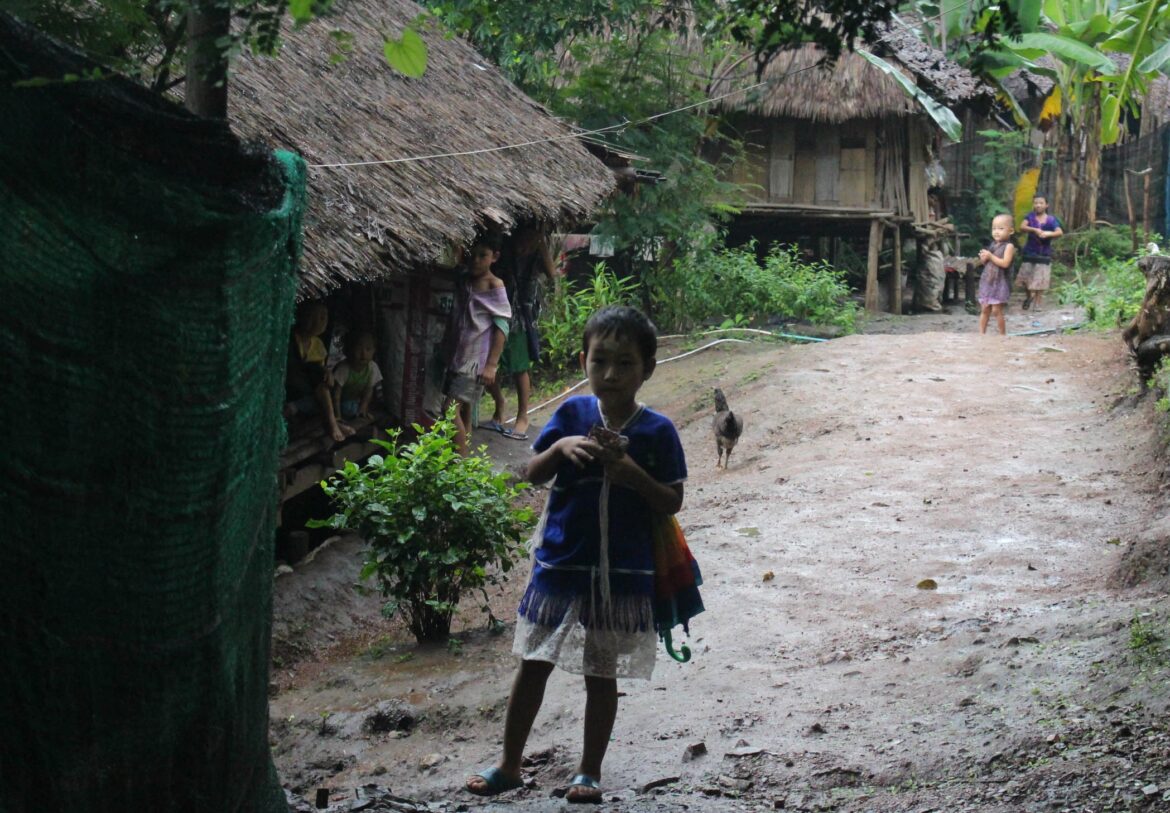The Mae La Refugee Camp, nestled on the verdant borders of Thailand and Myanmar, serves as a poignant microcosm of human resilience amidst adversity. Established in 1984, it has evolved into one of the largest refugee camps in the world, housing thousands of individuals who have been uprooted from their homes due to conflict and persecution. The juxtaposition of this stark reality with the fluttering hope found within its makeshift confines prompts a deeper reflection, particularly through a Christian lens.
Life in Mae La is characterized by a mosaic of challenges that confront its residents daily. Basic necessities—food, shelter, and healthcare—are often in short supply. The camp’s infrastructure, though developed over the years, remains rudimentary. Many dwellings consist of bamboo and tarpaulin, inadequately protecting families from the elements, which oscillate from torrid heat to torrential rains. Access to clean water fluctuates, and healthcare services are limited, placing serious burdens on the camp’s inhabitants.
Beneath these material hardships lies a profound psychological toll. The notion of displacement invokes a spectrum of emotional turmoil, from chronic anxiety to profound despair. Families are fractured, with some members often unaccounted for, either lost to the ravages of conflict or still residing in volatile regions. In the heart of this turmoil, the deep-seated question of purpose emerges. What does it mean to inhabit a space where the very notion of home is burdened by the specter of impermanence? Such inquiries are not merely existential; they are steeped in the broader Christian principle of hope.
Hope, as illuminated in Christian theology, is an underpinning of human experience, particularly amid despair. The narratives within the Bible often echo the sentiments found in Mae La. Just as the Israelites endured extensive trials before reaching the Promised Land, so too do the residents of Mae La grapple with their uncertain future. Christians believe that hope is not a passive state; it is an active pursuit, intertwining faith with the tangible realities of life. This conviction manifests in myriad ways within the camp.
Clergymen and volunteers from local congregations often visit the camp, bringing with them both spiritual guidance and practical assistance. Churches within the boundaries of Mae La serve not only as places of worship but also as communal havens where the displaced can gather to share their burdens and bolster one another’s spirits. These sacred spaces provide a modicum of normalcy, enabling residents to engage in fellowship, prayer, and collective worship. Here, the teachings of Jesus—particularly His call to serve ‘the least of these’—resonate profoundly. The act of bearing witness to one another’s struggles fosters a sense of solidarity and reinforces the enduring belief that even in the most trying of circumstances, one is never truly alone.
The cultivation of community is a cornerstone of existence in Mae La. Residents often engage in cooperative endeavors, whether through farming, crafts, or educational programs for children. A robust network emerges, compensating for the gaps left by formal aid. This self-sufficiency acts as a buffer against the psychological scars inflicted by their circumstances. Education, particularly, ignites hope for the future. Programs designed to teach English and other critical skills serve as a beacon, illuminating pathways to potential resettlement or enhanced opportunities beyond the camp’s limited borders. The words of Proverbs 24:14 ring true: “Know also that wisdom is like honey for you: If you find it, there is a future hope for you.”
Reflections on life within Mae La unearth a common observation: while the material conditions may be dire, the human spirit exhibits an indefatigable yearning for happiness and connection. This paradox—the coexistence of suffering and joy—highlights a deeper fascination with the complexities of human existence. It invites contemplation on the proverbial glass being half full or half empty. In tandem with faith, this outlook aligns with the Christian understanding that trials produce perseverance, leading inexorably to a more profound character development, as conveyed in Romans 5:3-4.
Furthermore, the role of storytelling cannot be overstated in the context of hope and resilience. The narratives of individuals within Mae La serve as powerful testaments to the fabric of survival. Each story carries the weight of ancestral journeys, cultural rich legacies, and an undying pursuit of dignity and freedom. Documenting these experiences becomes pivotal, for it not only preserves the memory of their struggles but also amplifies their voices in a world often indifferent to their plight. Sharing these testimonies within the broader church community can incite greater empathy and galvanize support for refugee advocacy.
A key dimension of the Christian perspective emphasizes the divine image reflected in every human soul. This intrinsic value ascribed to individuals necessitates a compassionate response from the global church. Advocacy for refugees transcends mere charity; it embodies the embodiment of the Christian ethos of love. Active engagement in the plight of communities like Mae La not only aligns with scriptural mandates but also enriches the faith of those who participate, fostering a deeper understanding of solidarity and service in action.
Ultimately, the narrative of Mae La Refugee Camp encapsulates a tale of human endurance alloyed with faith, tethering hope amidst barren landscapes of despair. As theological reflections converge with the lived experiences of displaced individuals, a call to action emerges. Christians are summoned to intercede on their behalf, to amplify their stories, and to forge pathways toward equity and justice. In doing so, they honor not only the struggles of the residents of Mae La but also the enduring spirit of humanity that thrives even in the most challenging of circumstances.



